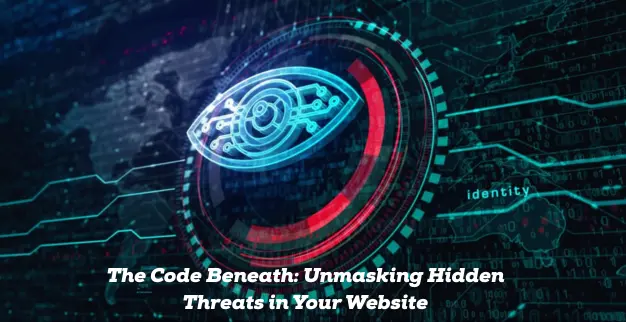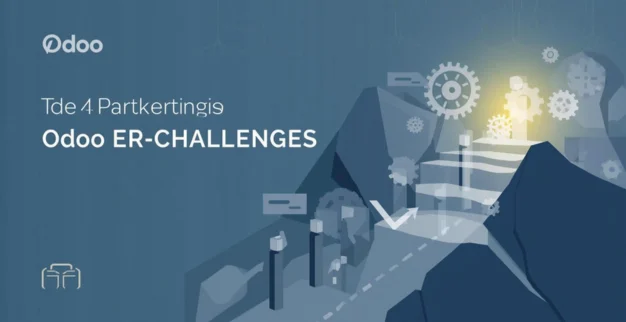The Code Beneath: Unmasking Hidden Threats in Your Website
By:
Ganesan D
24 Jun 2025
Category:
Cybersecurity
The Evolution of Traditional Technologies
Welcome to our latest blog post,
Unmasking the Hidden Threats in Traditional Technologies. In this post, we will explore how traditional technologies have
evolved over time. From the invention of the wheel to the
development of the printing press, traditional technologies have
been the backbone of human advancement for centuries. They have
transformed our lives, making tasks easier and more efficient.
However, as these technologies have evolved, they have also
brought with them a range of hidden threats and challenges. In the
following sections, we will delve into these risks and discuss
ways to mitigate them.
The Risk of Data Breaches in Outdated IT Systems
Outdated IT systems pose a serious threat to data security,
significantly increasing the risk of data breaches. These
traditional technologies lack the robust security measures present
in modern systems, making them easy targets for cybercriminals.
Hackers are constantly evolving and finding new ways to exploit
vulnerabilities, and outdated systems often can't keep up with
these advancements. As a result, sensitive data, including
personal and financial information, can easily fall into the wrong
hands. To minimize the risk of data breaches, it's crucial that
businesses regularly update their IT systems and implement the
latest security measures.
Cybersecurity Vulnerabilities in Legacy Technologies
Legacy technologies, or traditional technologies, often harbor
numerous cybersecurity vulnerabilities. These older systems were
not designed with current cyber threats in mind and hence, lack
the necessary protections to ward off sophisticated attacks. As
hackers and cybercriminals continue to evolve their techniques,
these outdated technologies become easy targets. It's important to
remember that despite their operational efficiency, legacy systems
can pose a significant risk to an organization's data and overall
security. Unaddressed vulnerabilities can lead to unauthorized
access, data breaches, and potential loss of sensitive
information. Therefore, it's crucial to regularly update these
systems or replace them with more secure, modern alternatives.
The Threat of Obsolescence: How Old Technologies Can Hinder
Business Growth
The threat of obsolescence in old technologies is a significant
barrier to business growth. As technology progresses at a rapid
pace, businesses using outdated systems often struggle to keep up.
These traditional technologies are unable to support the
increasing demands of modern business operations and customer
expectations. They lack the efficiency, flexibility, and
functionality of the latest technologies, resulting in lower
productivity and competitive disadvantage. Not only do they cost
more to maintain, but they also pose security risks as they are
more vulnerable to cyber-attacks. Therefore, businesses must stay
ahead of the curve by regularly updating their technology
infrastructure to avoid falling behind in the competitive market.
Case Studies: Real-Life Consequences of Ignoring Hidden Threats
In our blog series
Unmasking the Hidden Threats in Traditional
Technologies, we delve into numerous case studies that highlight the
real-life consequences of overlooking hidden threats in
traditional technologies. These case studies reveal instances
where businesses suffered significant losses due to cyber-attacks,
data breaches, and system failures, all because they failed to
acknowledge and address the inherent vulnerabilities in their
traditional tech infrastructure. From these lessons, it's clear
that a proactive approach to identifying and managing these hidden
threats is crucial for any organization that wants to safeguard
its operations and reputation in today's tech-heavy business
landscape.
The Importance of Regular System Updates and Tech Modernization
Regular system updates and tech modernization are crucial in
today's digital world. They provide enhanced security by fixing
vulnerabilities that hackers could exploit. Outdated systems are
often easier targets for cyber-attacks, leading to data breaches
and other serious issues. Besides, regular updates also offer
improved features and functionalities, ensuring your technology
remains efficient and competitive. In essence, neglecting updates
and clinging to traditional technologies can pose hidden threats
to your data and overall business operations. Therefore, embracing
tech modernization and staying on top of system updates is a
practical step towards securing your digital assets.
Conclusion: Embracing Change and Ensuring Security in the Digital
Era
In conclusion, the digital era requires us to embrace change and
prioritize security. Traditional technologies, while familiar,
often harbor hidden threats that compromise our safety. As we move
towards a more digitized world, it's essential to stay updated
with the latest security measures. We must be proactive in
educating ourselves and implementing these safeguards. Remember,
the goal isn't to fear technology but to use it wisely and safely.
By doing so, we can reap the benefits of the digital era while
minimizing the risks.



